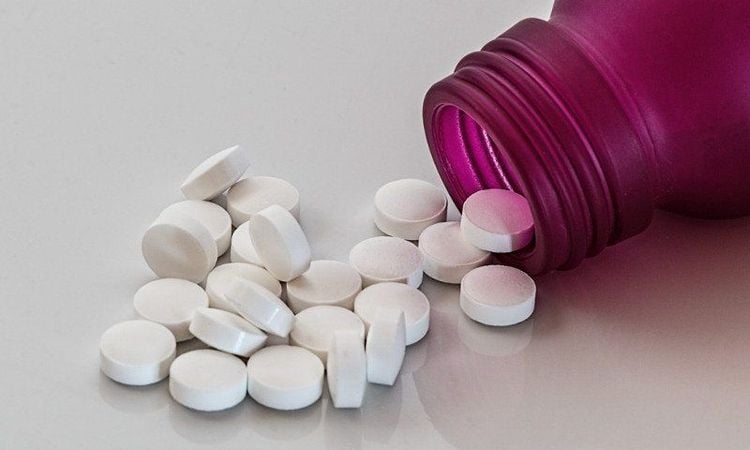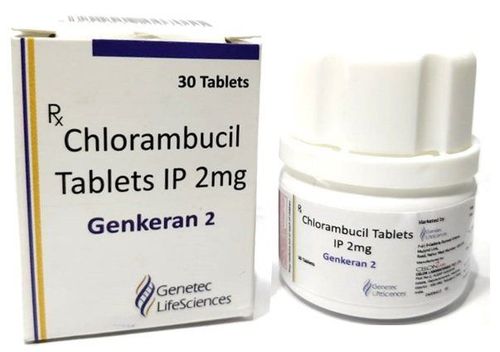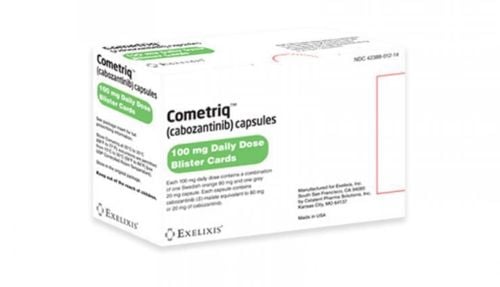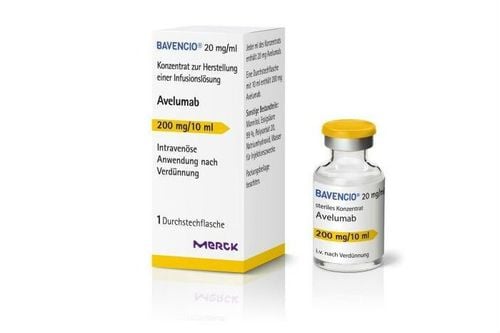This is an automatically translated article.
Article by Pharmacist Nguyen Thi Thanh Nga - Clinical Pharmacist - Faculty of Pharmacy - Vinmec Times City International Hospital
Pharmacovigilance plays an essential role in cancer treatment because most anti-cancer drugs are known for their narrow therapeutic range and high toxicity. Therefore, cancer treatment should be selected at reputable medical facilities, with close supervision and advice by doctors and medical staff.
1. Importance of pharmacovigilance in cancer treatment
Pharmacovigilance has an essential role in cancer treatment because most anticancer drugs are known for their narrow therapeutic range and high toxicity [5]. There have been studies showing that the reported rate of ADR in cancer patients with various events ranges from about 10% to 60% and affects the quality of life of patients [5]. ].
Many adverse effects of cytotoxic chemicals used in cancer treatment such as cardiovascular, central nervous and psychiatric toxicity, skin toxicity, hematology, diarrhea, vomiting, .. . has been summarized and warned [6]. Although these adverse reactions are considered inevitable, pharmacovigilance has played an extremely important role in detecting drug-related risks and prompt intervention. Pharmacovigilance helps to control and minimize the toxicity experienced by patients [6].
Besides cytotoxic chemicals, targeted drugs have changed the treatment of cancer. Compared with traditional therapies, targeted agents have reported fewer ADRs in certain types of reactions (gastrointestinal manifestations, blood count changes, neurological symptoms, oral ulcers). – mucositis), but are more likely to have acute, rapid-onset reactions because these drugs are associated with unpredictable autoimmune and inflammatory responses or hypertension [2].
Monitoring for the toxicity of cancer drugs is also important because most of the ADRs indicated in the product information sheet (SPC) are derived from the results of major clinical trials, while the This trial was conducted under strict control with strict criteria and on a limited number of patients. When used clinically, each individual patient may be very different from the study subjects in terms of physiology, pathology as well as drug use conditions.

2. Reality and challenges with pharmacovigilance in cancer treatment
Under-reported is a prominent problem in pharmacovigilance. The sensitivities of healthcare professionals to voluntary ADR reports vary widely between countries and between institutions, a problem that is more common in the oncology industry due to the toxicity of anticancer drugs. mail is considered a “common response” (or unavoidable). Attitudes, habits and knowledge of healthcare workers are determinants of the quality of voluntary ADR reports [3]. In addition, a number of other issues also need to be considered, for example, physicians are not willing to report, fear that reporting ADR will adversely affect their ability to evaluate, or do not want to create new information. legal cases with pharmaceutical companies [1]. Therefore, training for health workers is believed to be an effective way to improve the quality of ADR reporting. In addition, the participation and cooperation of health organizations as well as information tools for patient education also play an important role in the development of pharmacovigilance, especially pharmacovigilance in the field of cancer. letter [4].
Currently, patients receiving chemotherapy for cancer treatment at Vinmec hospital are consulted to recognize, prevent and overcome adverse reactions caused by cancer chemotherapy. In addition to direct consultation from doctors and nurses, patients also receive in-depth consultation with visual materials on this knowledge.
Please dial HOTLINE for more information or register for an appointment HERE. Download MyVinmec app to make appointments faster and to manage your bookings easily.
References:
Inch Jackie, Watson Margaret C, et al. (2012), "Patient versus healthcare professional spontaneous adverse drug reaction reporting", Drug safety , 35(10), pp. 807-818. Kroschinsky Frank, Stölzel Friedrich, et al. (2017), "New drugs, new toxicities: severe side effects of modern targeted and immunotherapy of cancer and their management", Critical Care , 21(1), pp. 89. Lopez-Gonzalez Elena, Herdeiro Maria T, et al. (2009), "Determinants of under-reporting of adverse drug reactions", Drug safety , 32(1), pp. 19-31. Scurti Veronica, Romero Marilena, et al. (2012), "A plea for a more epidemiological and patient-oriented pharmacovigilance", European journal of clinical pharmacology , 68(1), pp. 11-19 Visacri Marília Berlofa, Souza Cinthia Madeira de, et al. (2014), "Pharmacovigilance in oncology: pattern of spontaneous notifications, incidence of adverse drug reactions and under-reporting", Brazilian Journal of Pharmaceutical Sciences , 50(2), pp. 411-422. Baldo Paolo, Fornasier Giulia, et al. (2018), "Pharmacovigilance in oncology", International journal of clinical pharmacy , 40(4), pp. 832-841.














